Top speed 648 km/h Length 32 m First flight October 21, 1961 | Wingspan 36 m Introduced 1965 Manufacturer Breguet Aviation | |
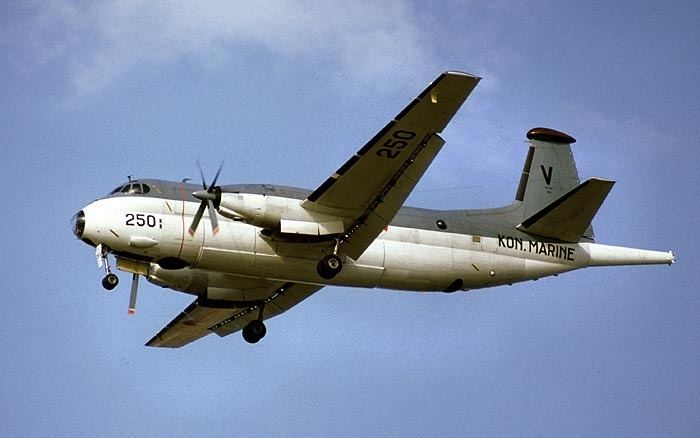 | ||
Fsx breguet atlantic patrol on pacific ocean
The Breguet Br.1150 Atlantic is a long-range maritime patrol aircraft designed and manufactured by Breguet Aviation. Introduced to service in 1965, it has been operated by several NATO countries, commonly performing maritime roles such as reconnaissance and anti-submarine warfare. The Atlantic is also capable of carrying air-to-ground munitions to perform ground-attack missions; a small number of aircraft were also equipped to perform ELINT operations. An updated version, the Atlantique 2 or ATL2, was produced by Dassault Aviation for the French Navy in the 1980s. Other operators of the Atlantic have included the German Navy, the Italian Air Force, the Pakistan Navy, and the Royal Netherlands Navy.
Contents
- Fsx breguet atlantic patrol on pacific ocean
- Baubericht breguet atlantic br 1150 marine v revell im ma stab 1 72
- Development
- Design
- Operational history
- Variants
- Operators
- Accidents and incidents
- Specifications Atlantique 2
- References
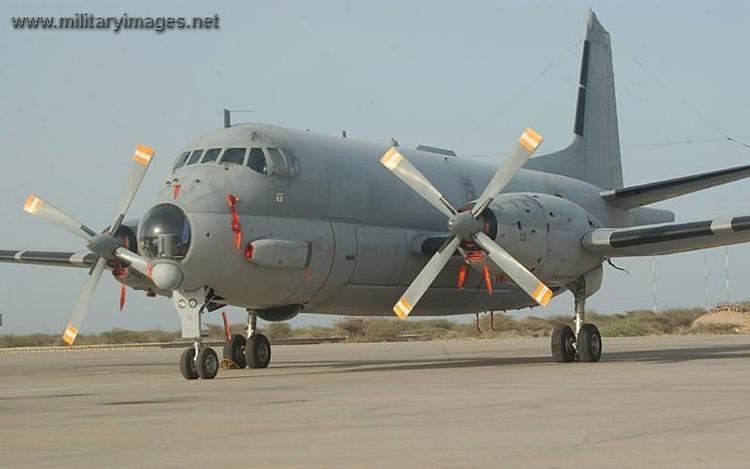
Baubericht breguet atlantic br 1150 marine v revell im ma stab 1 72
Development
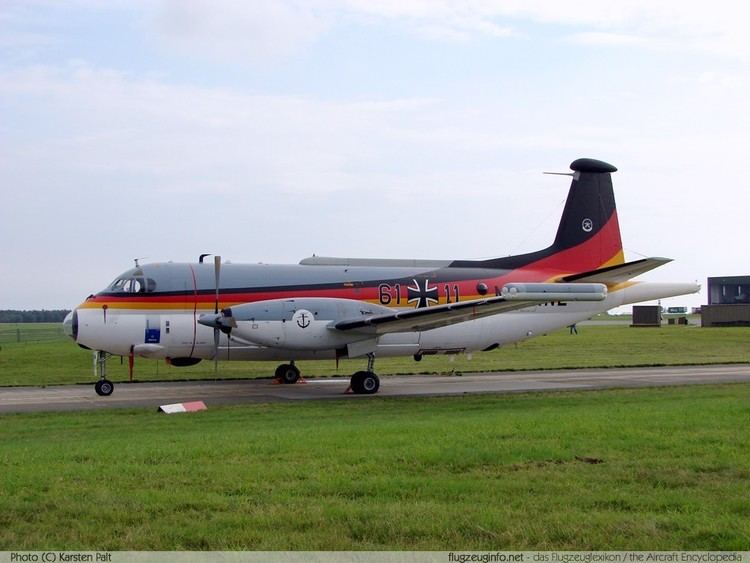
In 1958 NATO produced a specification for a long-range maritime patrol aircraft to replace the Lockheed P2V Neptune, with Breguet's design, the Br 1150, chosen as the winner of the competition at the end of the year. A multinational consortium, Société d'Étude et de Construction de Breguet Atlantic (SECBAT) was set up to develop and build the Atlantic. The first prototype made its maiden flight at Toulouse on 21 October 1961, with the second prototype flying on 25 February 1962, followed by two preproduction aircraft with a longer fuselage in February 1963 and September 1964.

An initial order for 60 Atlantics – 40 for France and 20 for Germany – was placed in 1963, with deliveries starting in 1965 and continuing to 1968. The production line had shut down by the time the Netherlands placed an order for nine Atlantics and Italy ordered eighteen. Aircraft from this second production batch were delivered from 1972 to 1974.
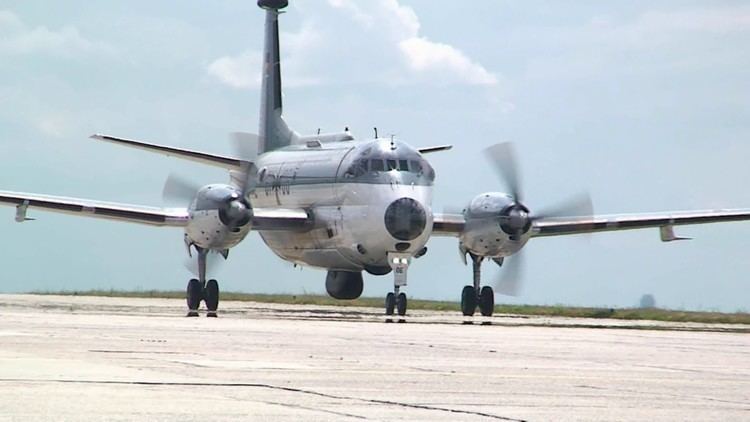
In 1978, the French Government authorised development of a new, updated version of the Atlantic, the Atlantic Nouvelle Génération (later known as the Atlantique 2 when orders from other nations did not occur). While the airframe and engines of the new aircraft changed little, equipment and avionics were considerably revised; these included new radar, a new sonar processor, a replacement tactical computer, and a forward-looking infrared camera turret installed under the nose. The ability to carry Exocet missiles was also added. Two prototype Atlantique 2s were produced by converting existing Atlantics; the first of these made its maiden flight on 8 May 1981. Production of the Atlantique 2 was authorised on 24 May 1984. Deliveries started in 1989 with 28 eventually built, from an original requirement for 42.
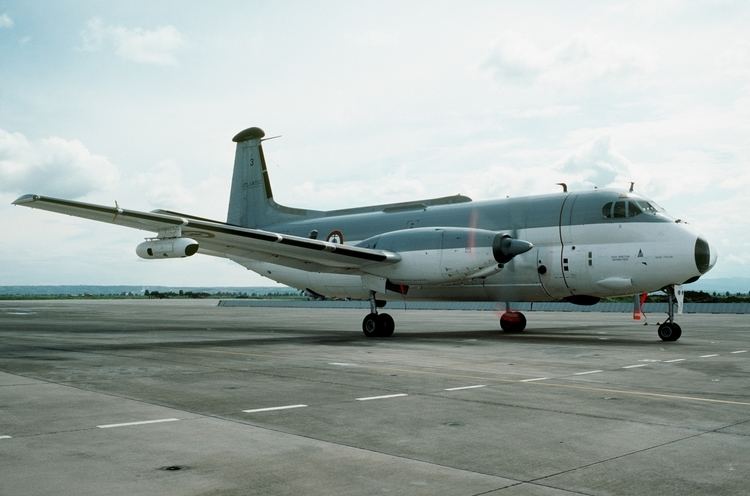
By 2012, the Atlantique 2 had been rebranded as the ATL2, at which point France had a total of 22 in service. In 2012, 18 French Atlantiques were undergoing a series of upgrades to increase the type's effectiveness in two stages, Phase I addressing obsolescence issues and Phase II adding new capabilities. Also in 2012, a separate project was conducted to integrate the MU90 Impact torpedo. Aircraft that received these upgrades shall have an extended service life as well, enabling Atlantique operations to be extended to around 2032.
A further upgraded Atlantique 3 was proposed for the Royal Air Force's Replacement Maritime Patrol Aircraft (RMPA) competition, however it was withdrawn in 1996 following alleged hints from Ministry of Defence officials that the submission was unlikely to be successful; the competition later selected the BAE Systems Nimrod MRA4 instead. The Atlantique 3 would have featured various off-the-shelf avionics upgrades, including the adoption of a two-man glass cockpit. The use of uprated Allison AE2100H turboprop engines to drive new Dowty-built six-bladed composite propellers reportedly would have increased power by nearly 10% and reduced fuel consumption by 15%. In late 1996, Dassault (which had merged with Breguet in the 1970s, thus acquiring the Atlantic design) intended to offer the Atlantique 3 to Germany, Italy, and France. By 2005, Dassault had abandoned marketing efforts on the Atlantique 3, choosing to promote a variant of the Dassault Falcon 900 corporate jet as a maritime patrol aircraft instead.
Design
The Breguet Br.1150 Atlantic is a twin-engined, mid-winged monoplane with a "double-bubble" fuselage; the upper lobe comprising a pressurised crew compartment, and the lower lobe housing a 9 m (27 ft 6 in) long weapons bay, with sonobuoy tubes aft of the weapons bay. A radar scanner is housed in a retractable underfuselage radome, while a magnetic anomaly detector is housed in a tail boom. It is powered by a pair of Rolls-Royce Tyne turboprop engines. An all-aluminium structure is used throughout the Atlantic's airframe; corrosion is alleged to be a considerable problem due to environmental factors imposed by the maritime environment.
The Atlantic has been designed for its purpose, instead of refitting or modifying existing designs. Though the primary mission of the Atlantic is anti-submarine and anti-surface warfare, its secondary roles include search and rescue, mine laying and detection and long-range maritime surveillance. The Atlantic can carry either eight guided ASW torpedoes such as Mk 46 Torpedo, or 12 depth charges, or two AM.39 Exocet anti-ship missiles in its internal bomb bay. German Atlantics usually carried Mk 46s only and flew unarmed during the last years of their service. Italian Atlantics have been periodically armed with NATO-provided nuclear bombs.
In French service, modernised Atlantiques have been equipped with various new avionics and onboard sensors. Such systems include the RBE2-AA active electronically scanned array radar, new digital acoustic processing systems, a Thales-manufactured identification friend or foe system, and DCNS-developed LOTI (Logiciel Opérationnel de Traitement de l'Information) combat mission software.
Operational history
In 1987, a single Signals Intelligence (SIGINT) Atlanique was operated by France as an airborne headquarters during Opération Épervier, the French intervention against Libyan military units which had been deployed into neighbouring Chad. Communications intercepted by the Atlantique were immediately decoded and translated before being used to conduct strikes upon Libyan forces with greater accuracy.
The German Marineflieger operated a fleet of Atlantics between 1963 and 2005. A number of these aircraft were modified for SIGINT work and were based at Nordholz Naval Airbase. During the Cold War, they commonly flew across the Baltic Sea and along the border with East Germany; these flights often had American and British intelligence personnel on board in addition to their German crews. During the 1990s, Germany deployed SIGINT Atlantics to observe the United Nations embargo of Yugoslavia and for reconnaissance flights during the Kosovo War in 1999.
In 1992, Germany was considering replacing its Atlantics in the maritime patrol role, the modernised Atlantic-2 was considered to be a frontrunner to be the replacement. In 1996, the planned procurement of a replacement was delayed in favour of a life extension program to enable the Atlantic fleet to continue in service for a further decade. Germany ultimately elected to replace its Atlantics with a number of secondhand Lockheed P-3 Orions procured from the Netherlands. Several German Atlantics have been donated to museums, including the Luftwaffenmuseum and the Dutch Air Force Museum, Soesterberg, Netherlands.
During the 1960s and 1970s, the Atlantic competed with the Lockheed P-3 Orion to be selected as the Royal Netherlands Navy's next anti-submarine aircraft. The selection process, during which Lockheed Corporation was alleged to have engaged in multiple incidents of bribery, ultimately chose the Atlantic. Fewer Atlantics were procured than originally planned however; and a total of three Atlantics out of the Netherlands' nine-strong fleet were lost through a series of failures during missions over the Atlantic Ocean. These losses resulted in the grounding of the type in 1981 and contributed to its eventual replacement by the P-3 Orion.
During NATO's intervention in the 1999 Kosovo War, French Atlantics performed overflying surveillance flights of the combat area; flights within Serbian airspace were conducted by unarmed aircraft.
In 1973, in the aftermath of the Indo-Pakistani War of 1971, the Pakistan Navy opted to procure three Atlantics from France. In 1999, a Pakistan Navy Atlantic inadvertently flew into Indian airspace while probing Indian air defenses, it being intercepted and shot down by Indian Air Force aircraft after the Atlantic ignored instructions and attempts to force it to land at an Indian base; the event become known as the Atlantique incident. After 36 years of service, Pakistan's remaining Atlantics were formally retired in September 2012, following the arrival of P-3 Orions to replace them.
In 2009, a number of French Atlantics were dispatched to Dakar, Senegal, to participate in a multinational search effort to locate the crashed Air France Flight 447.
In January 2013, French Navy Atlantique-2s were deployed to act as ground-strike aircraft during Operation Serval over Northern Mali; a number of laser-guided GBU-12 bombs were dropped by the Atlantiques against Malian jihadist militants seeking to overthrow the Malian government. During the deployment, the Atlantiques also served as Intelligence, surveillance and reconnaissance (ISR) platforms, being able to provide a sustained presence unlike alternatives such as the EADS Harfang unmanned aerial vehicle (UAV).
In 2015, Atlantique-2s was deployed to Iraq at the beginning of Opération Chammal against Islamic State of Iraq and the Levant (ISIL) forces, initially performing ISTAR and forward air control missions. On 19 August 2015, an Atlantique-2 flew a mission with two Mirage 2000s and dropped a GBU-12 on a command and control building, its first strike mission of the operation. As French military operations expanded into Syria in September 2015, the long range of the Atlantiques from their base in the UAE was utilised when undertaking reconnaissance operations instead of shorter range aircraft such as the Dassault Rafale.
Variants
Operators
Accidents and incidents
Specifications (Atlantique 2)
Data from Jane's All The World's Aircraft 1988–89
General characteristics
Performance
Armament
